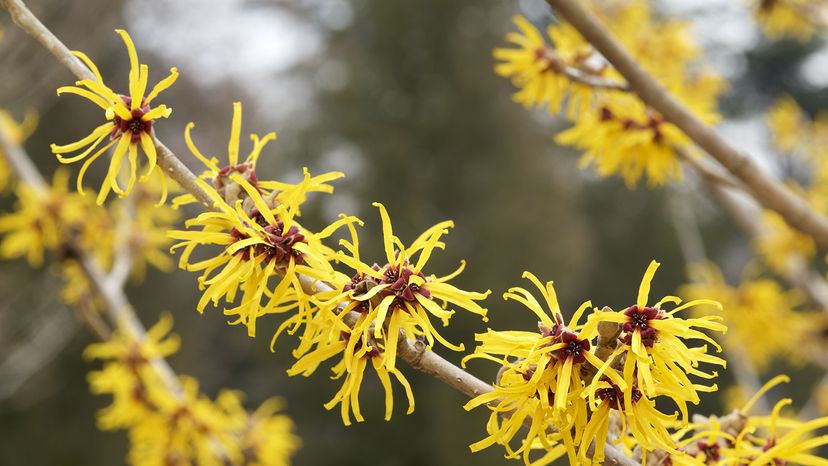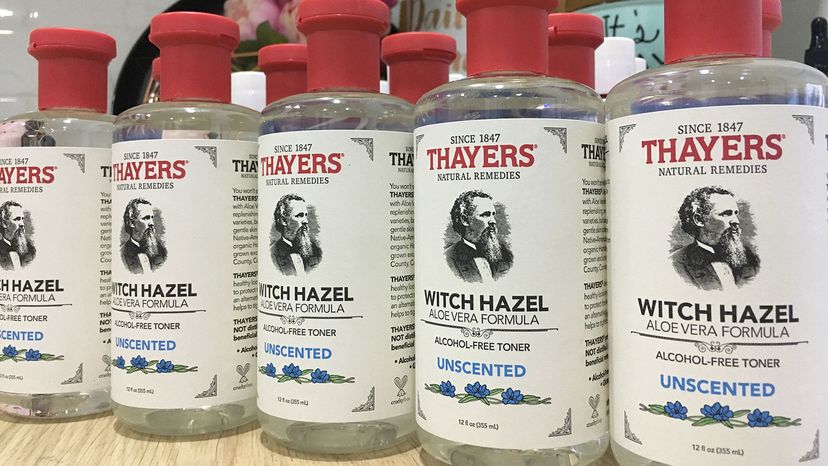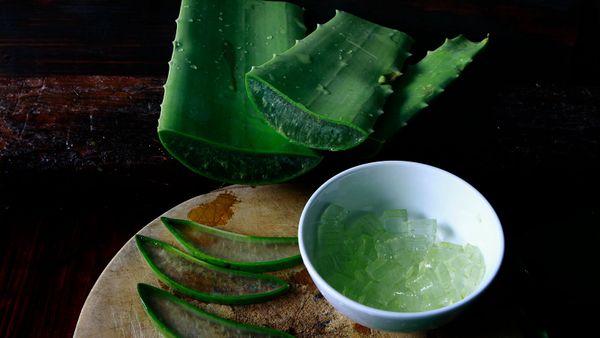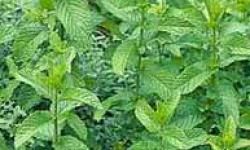
Pretty much everything about witch hazel is unusual, from its name to its blooming season to its varied uses. Witch hazel is a tall, roundish shrub with gnarled limbs that can stretch up to 20 feet (6.1 meters) tall and up to 20 feet wide. North America's three native species sport green leaves in the spring and summer, then burst into bloom in late fall, when other trees have gone dormant. These bright-yellow blooms, while a fetching color, feature odd, stringy petals and crimson centers.
No one knows exactly how this shrub received its unusual name, but some experts say the word "witch" could be derived from the Anglo-Saxon word "wych," which is related to "wicker," a word that means bending. Since the shrub sports twisted, gnarled limbs and stringy, drooping petals, its appearance may have been the reason for the name. As for the "hazel" part, its leaves do resemble those of the hazelnut plant, though the two aren't related.
Advertisement
For centuries, people used witch hazel branches as divining rods to detect underground water, minerals and even lost objects. Taking a forked branch, the diviners — also called dousers or water witches — would hold the two ends about 45 degrees skyward, then walk across land. If the branch suddenly jerked downward or rotated, that supposedly meant water, minerals or objects lay beneath the ground. So the name "witch hazel" may have been given to this shrub due to its seemingly magical powers and the "water witches" who used them.
Witch hazel is more than the shrub, however. It's also the name for the liquid extract derived from the plant, which contains antioxidants and high levels of tannins. Antioxidants are important because they help combat inflammation, while tannins are useful natural chemicals that not only kill bacteria on the skin, but prevent new bacterial growth. In addition, tannins have astringent properties, which tighten the skin. Thanks to all of these positive attributes, witch hazel has long been a main ingredient in various commercial products aimed at treating skin ailments. You can also buy it in drugstores on its own.

Interestingly, despite containing such powerful medicinal properties and being used in traditional medicine for centuries, current studies show that witch hazel is, at most, only mildly effective. If you'd prefer to judge for yourself, check out these six popular uses for the extract.
Advertisement

